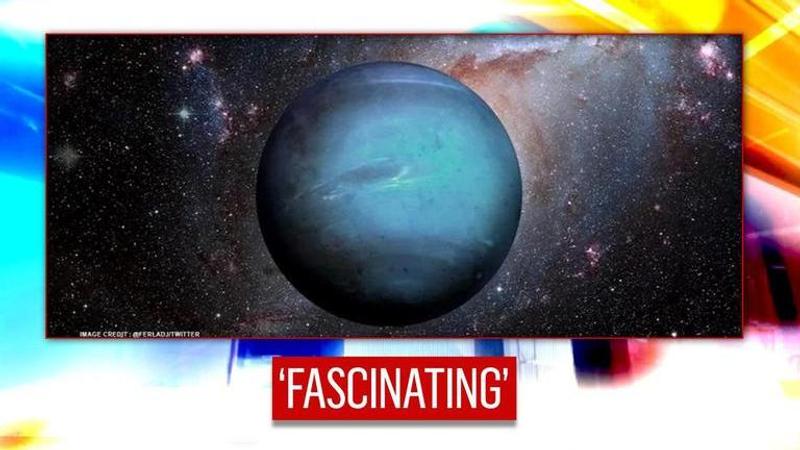Published 13:37 IST, December 17th 2020
NASA's Hubble captures 'newest view' of Neptune showing monstrous dark storm; pic inside
While taking to Instagram, NASA on December 16 shared a stunning image of Hubble’s “newest view of Neptune”, which captured "a mysterious dark vortex".

Advertisement
NASA on December 16 shared a stunning image of Hubble’s “newest view of Neptune”. While taking to Instagram, the US space agency wrote that the image shows a monstrous dark storm near the top centre that is wider than the Atlantic Ocean. The picture also shows a small dark spot that emerged nearby to the “giant storm”.
In the caption, NASA explained, “The giant storm was previously seen moving southward, where storms are expected to vanish due to atmospheric forces near the equator, but it appears to have made a sudden U-turn and drifted back northward”.
According to the official press release, the space agency said the storm was born in the planet’s northern hemisphere and it was discovered back in 2018. NASA informed that Hubble has tracked similar dark spots over the past 30 years, however, the recent image now shows the “unpredictable atmosphere behaviour” which is something new. Michael H. Wong of the University of California at Berkeley said that the smaller dark spot is potentially part of the dark spot’s disruption process.
Wong added, "This is a process that's never been observed. We have seen some other dark spots fading away, and they're gone, but we've never seen anything disrupt, even though it’s predicted in computer simulations”.
(Image: NASA/Website)
NASA explained that similar dark spots were earlier discovered by the Voyager 2 spacecraft in 1989, but they had disappeared before Hubble could observe them. Since then, Hubble has had the “sharpness and sensitivity” in visible light to track such dark spots, which have sequentially appeared and then faded away over a duration of about two years each. Wong said that it was really exciting to see the spots”. He added that it was “surprising” to see them “act like it's supposed to act and then all of a sudden swinging back”.
Netizens say ‘storms look like eyes’
Meanwhile, since shared, the post has garnered over 142,000 likes and hundreds of comments. While one user wrote, “This is so fascinating. Thank you for posting all these beautiful photos and interesting information,” another added, “What a beautiful blue colour simply amazing”. "The most fascinating planet in the solar system,” added third. “Neptune's storms look like eyes. Wonder what he's looking at?” wrote fourth.
13:39 IST, December 17th 2020







